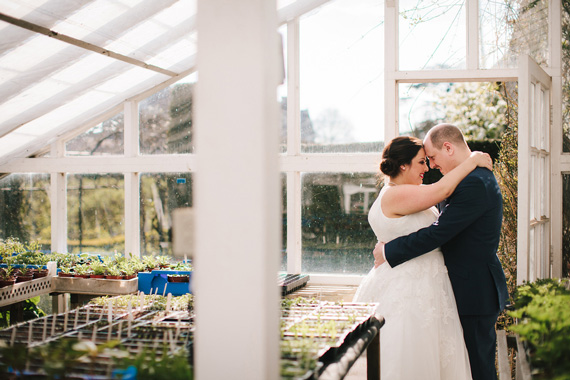An at-home photography studio is a fantastic supplement to support both aspiring and experienced photographers. However, there is a great deal of planning involved in designing a photo studio. Space, lighting, backdrops, props, and many more details need to be addressed before the studio is prepared to accept clients. Choosing to design a photography studio in a greenhouse eliminates the need for several of these necessities and provides quite a few added benefits.
There are a number of factors to consider when specifically designing a new greenhouse or converting an existing greenhouse into a photography studio. It’s important to contact an experienced engineering and design team that has the innovative design capabilities to create the perfect photo studio in a not-so-typical space, such as a greenhouse.
Photo studios require adequate space for capturing different angles and properly zooming in on subjects to prevent image distortion. It is also important to have enough room for storing props, backdrops, and equipment. For these reasons, a small living room nook will not provide the appropriate space for a photography studio. A greenhouse, whether it’s a stand-alone structure or a lean-to addition, will provide enough room for moving subjects, zooming, and storing equipment. A lean-to will already have one solid wall, which is perfect for the staging area. Freestanding greenhouses can be designed with a solid wall, or they can include a sliding wall with solid panels that act as a solid wall when closed.
Since a greenhouse is predominantly made of glass, photographers are able to take advantage of ample natural lighting. There is some controversy surrounding natural light photography, but when properly harnessed, natural lighting is a cost-effective and efficient photography method. When planned correctly, a greenhouse can be used for both natural and artificial light photography. The windows provide enough light to eliminate the need for a flash, but they are also easy to cover with a proper shading system. Because of this, there is a reduced need for standard lighting techniques, such as constant lights, speedlights, and studio strobes, as well as light modifiers, like umbrellas and softboxes.
During the planning stages, it’s important to determine the best possible location for a greenhouse photo studio. A south- or north-facing structure will be out of direct sunlight and will produce soft, even light. For increased lighting control, drapes and adjustable shading systems can be added to the windows and ceiling to help photographers create the perfect lighting for any photo shoot. Polycarbonate can be used as an alternative to glass in the ceiling and walls to reduce light transmittance and leave the studio illuminated with a soft, natural glow. For those looking for more a traditional glass structure, Dynamic glass is a self-tinting option, which reduces light transmittance, but does not require a permanent change in traditional aesthetics. With this option, different window sections can be tinted individually at various levels, allowing photographers to control the light transmittance at any angle of the greenhouse.
Backdrops and props are essential in photo shoots. A greenhouse photo studio can include an interior dividing wall, such as a folding glass wall to, separate the storage area from the work area, ensuring the studio remains organized at all times.
An interior dividing wall can also create different climate zones to separate a growing area from the studio area. This will allow tropical plants or orchids to be grown in the greenhouse zone and used as unique scenery for pictures, all while keeping the studio zone at a comfortable climate for clients.
A greenhouse photo studio doesn’t have the standard greenhouse setup, so the wet concrete floor and humid atmosphere that one typically imagines when thinking about a greenhouse are not included when used for a photo studio. Superior ventilation features like ridge and eave vents will ensure the structure remains comfortable for clients, and tile flooring will withstand water damage and require minimal additional maintenance.
For those who aren’t ready or don’t have room for an entire greenhouse, a greenhouse wall can be added to the north or south-facing wall of a structure and provide the same natural lighting benefits as a greenhouse.
About the Author:
If you are interested in more information on Solar Innovations, Inc.’s product line, please contact the marketing department at skylight @ solarinnovations dot com or by calling 800-618-0669.
Like This Article?
Don't Miss The Next One!
Join over 100,000 photographers of all experience levels who receive our free photography tips and articles to stay current:










Leave a Reply